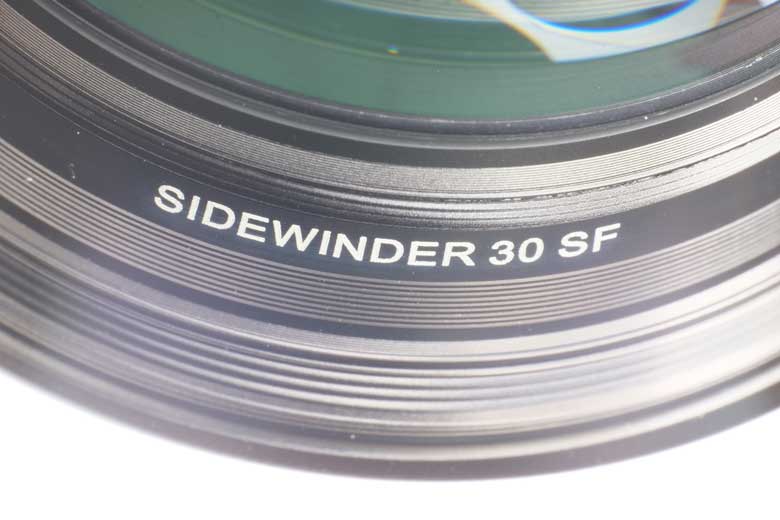
Let’s Look At This New Hawke Sidewinder 30 SF 4-16×50 Scope
Share
Hawke Sidewinder 30 riflescopes are an established, well-known brand among serious airgunners. But UK-based Hawke Sport Optics has not stood still over time. They have introduced successive improvements to the Sidewinder family.
Today, we’re looking at the latest, new Sidewinder in its most popular form. That’s in 4-16×50 configuration. In fact – to give this scope its full name – this is the Hawke Sidewinder 30 SF 4-16×50 with SR Pro II reticle.

This best-seller for Hawke has a 30mm tube and provides parallax-free viewing down to 10 Yards minimum range using the side turret. A four Inch diameter sidewheel is bundled with the scope. We installed it, of course, to provide easier control over fine focus changes.
This Sidewinder sidewheel (Geddit?) shows the useful, practical side of Hawke product design…
So many scope sidewheels are attached to the parallax-adjustment turret using pointed screws which can pierce the turret. (How can that really be good?).
Instead, this Sidewinder sidewheel clamps in place using an annular plate fixed by three screws.

This holds the sidewheel securely in place without causing worrying damage to the turret. Very good!

Another practical benefit is the bundled zoom ring lever. This can be attached if desired by the owner and provides considerable assistance in rotating the zoom power ring. Just remove the cover screw and screw-in the lever…

Then there’s the 4-Inch long screw-in lens hood that improves contrast in bright conditions by reducing stray light entering the scope from un-wanted directions.

Not to mention the see-through bikini-style lens covers! They make it possible to take a quick look through the scope without fumbling to remove or open the lens caps. (Don’t you just hate doing that?).

This Hawke Sidewinder 30 is fitted with the company’s SR Pro II reticle. This is divided into 1 MRAD marks. The separation between each mark represents 1.8 Inches at 50 Yards range or 3.6 Inches at 100 Yards. At 8x magnification, that is, for this is a Second Focal Plane (SFP) optic.

Of course, the reticle marks can also be used at 4x and 16x – if required – with appropriate corrections to the angular distance. This ability to use the SRII Pro reticle at 16x makes this model a good choice for Field Target competitors working with holdover to correct for range and wind conditions. Red LED illumination is available, controlled by the end of the windage turret.
(There’s a half mil hash reticle available as an alternative that works at 10x magnification).
For long range airgun benchrest shooters – for example – who prefer to use the turrets for adjustment, rather than hold over, this Hawke Sidewinder 30 has 1/10 MRAD click on both the elevation and windage turrets.
The elevation turret has a “witness window” that makes clear how many turns of elevation has been made from optical zero.

Hawke is one of the few manufacturers to specifically state that the scope has been set to optical zero during manufacture. This information gives you a definite head start when sighting-in for the first time after mounting the scope.
Perhaps more importantly, they also provide instructions for how to return the Sidwinder to optical zero after the turrets have been rotated. (Yes, you CAN work out how do do this yourself, if you need to. But isn’t it so much better that the manufacturer provides simple instructions?).
We mounted the Hawke Sidewinder 30 SF 4-16×50 to a FX Impact using Hawke 30mm Tactical Ring Mounts. Medium height worked well for us in this application.

Each of these Hawke rings has no less than SIX screws securing the scope in place. That scope is definitely staying put!

The whole rig feels comfortable and well-balanced: it looks good, too. Now we can’t wait to try shooting it. As soon as the snow melts a little…
